
SOMALIA: From Finest to Failed State
By Mohamed Haji (Ingiriis)
[email protected]
Britain made its protectorate in northern Somalia, Italy in southern Somalia and the French in Djibouti, while the two other parts of Somalia (Western Somalia) and Northern Frontier District (NFD) were given as gifts by Britain to Ethiopia and Kenya, respectively. By doing so, Britain violated a treaty with Somali clans signed in 1884 and 1885, stipulating that Britain will never cede, sell, mortgage or otherwise give for occupation, save by the British Government, any portion of the territory presently inhabited by them or being under their control. This was clearly illustrated by Louis Fitgibbon’s The Betrayal of the Somalis.
It was in 1943, under British rule, when young Somali men, mostly clerks, contemplated establishing a movement, later to be known as Somali Youth League (SYL). Indeed, British and Italian administrators embarked on training some nomadic people to facilitate their administration, remarkably Britain produced elite leaders in the north in contrast to the south, such as Michael Joseph Mariano, the first Somali devout Christian, later became a member of national parliament and government minister as well as ambassador to Zambia and Zaire (now DR Congo).
Without British influence and vocational training, Somali youth would not have had the administrative skills to form such an organisation.
After attempts to unite all Somali clan territories under one trusteeship, proposed in June 1946 by Ernest Bevin, then British Foreign Secretary, proved to be fruitless, SYL pursued its policy of seeking Somali independence with determination. Even when things seemed sour, they did not lose hope of achieving sovereignty.
The SYL movement beat drums of uniting Somalis with the manifesto of Pan-Somalism. After a long tug-of-war between Somali movements and the European settlers, along with the saga of Mohamed Abdulle Hassan’s Dervishes and Lafoole Episode by local southern inhabitants, Somalis in the north gained independence from Britain on June 26, 1960 and those in the south from Italy on July 1, 1960.
Somalia as a role model for Africa
Government is like a baby. An alimentary canal with a big appetite at one end and no sense of responsibility at the other - Ronald Reagan
Soon after receiving sovereignty, the new politicians from the south and north abruptly reunited by establishing an independent ‘Somalia’ state on July 1, 1960, without an agreeable act of union. With two regional parliaments joined, two men who led British Somaliland and Italian Somaliland, Mohamed Haji Ibrahim Egal and Abdullahi Iise Mohamud, respectively, handed over power to newly-elected President Aden Abdulle Osman.
But to the surprise of many people, the President chose Abdulrashid Ali Sharmarke, one of his distant in-laws as Prime Minister, and when he dismissed him in September 1964, the President again appointed another distant in-law Abdirizak Haji Hussein as Prime Minister. The President was anticipated to appoint Egal as premier, but he might have the supposition that he and Egal, who later resigned from ministerial position for grievances, were from a same mythical tribe called Irir.
In spite of this, President Abdulle was re-elected as Head of State in 1961 in a representative democracy by national parliament. His civilian government is still remembered as not having not imprisoned a single politician.
In 1962, it was President John F. Kennedy who praised how Somali government had best ensured the liberty of individual freedom. By hosting Sharmarke in his Oval Office, President Kennedy said: “Separated as we are by geography and history, we also find a sense of kinship to your government with its separation of powers between executive, legislature and judiciary, (as well as) balance of power.”
President Abdulle emerged from his office one afternoon, hands up and praying to God for help: “Oh Allah, make Somalis as human-beings.” Having lived during the transitional period of between mythology and beginning of philosophy discourses, some pre-Socratic Greek theorists and sophists believed there were people who are not true human-beings in the world. To them, those people were less intelligent than the others. It appears that the President, rightly or wrongly, acted as an obscurantist on that afternoon.
Having a mild and god-fearing character, he led Somalia democratically for seven consecutive years. While labelled by his critics as a feeble politician and his admirers and adversaries as a founding father, Abdulle made history as Africa’s first democratically elected President to peacefully hand over power to another democratically elected successor.
In June 1967, in the second presidential election, Abdulle lost to Sharmarke. Taking advantage of former President’s mistakes, Sharmarke chose Mohamed Egal as Prime Minister. But unfortunately, their government, known as ‘tripartite corporation’, became deeply corrupt and ineffective to an extent that its Interior minister, Yasin Nur Hassan, was described by an Italian newspaper as “a thirty-year-old chap who had thirty million dollars”.
Political victims
When President Sharmarke was discussed on issues of corruption, he would say that any Somali who had stolen cash from the public should invest it in the country. Accordingly, the poor President believed a self-thought hypothesis of ‘corrupting the meagre national asset to invest in the country.’ As a result, nomadic and rival clans hastened to dominate power, corrupting and looting development projects. Greed began to prevail in all aspects of Somali life.
Moreover, rampant vote rigging overwhelmed the electoral process during his time. For instance, a parliamentary election held in March 1969, fraud level rose to an extent that the military and the police, entrusted to protect the rule of law, were bribed to force nomadic populations, who had no knowledge of electoral procedures, to elect certain hand-picked members of parliament.
People felt outraged and dismayed by this sort of political culture, and prayed for the downfall of Egal-Sharmarke-Yasin government. Indeed, how they handled public affairs, particularly that election, made them victims of their own avarice. Shortly afterwards, President Sharmarke was assassinated in broad daylight by the hand of his sub-clan bodyguard, most likely in a covert plot orchestrated by the army, with the guidance of certain politicians. Egal was imprisoned in solitary confinement by subsequent military dictator and Yasin Hassan was sent to exile.
The hatred toward these politicians was more palpable when the assassinated President was denied burial in a national cemetery in Mogadishu by people from Murusade clan that dominate the western periphery of the capital. But this clan attributed their anger in retaliation to a decision by people from Osman Mohamud-Majertein – the clan of the President – who earlier objected a deceased policeman from Murusade be buried in their hometown Qardho.
Severely oppressive
Not a state with an army, but an army with a state
Frederick the Great, 18th century, King of Prussia
When the civilian government informally legalised corruption as the country’s best investment, the level of hatred and abhorrence to them paved the way for the emergence of a coup d’état or whatever you call it, the beginning of failed state symptoms. The country would forget a viable democratic government for many years to come, especially the subsequent 40 years (1969-2010) and would experience severely oppressive kleptocratic regime, leaving behind chaos and mayhem.
On Tuesday morning at 03:00am, October 21 1969, military officers led by their commander Brigadier General Mohamed Siad Barre captured the presidential house, the parliament building and the national radio of the capital Mogadishu, suspending the country’s constitution, approved by public vote in 1961, and thus holding the nation hostage.
Mohamed Siad ordered the arrest of anyone who worked for the previous governments – among them, most astonishingly, the SYL members who struggled for Somali’s independence when Siad Barre was a sergeant in the Italian colonial forces. Within hours, they imprisoned President Aden Abdulle Osman, who was relaxing on his farm, Mushaani neighbourhood in Janale district, outside Mogadishu and Abdirizak Haji Hussein, his last premier who fiercely opposed to the deposed government.
The coup instigators were seven officers, but released a list of 25 military and police officers as Senior Revolutionary Council and they announced that a ‘revolution’ had came to power. But the first decree Mohamed Siad and his cohorts issued in November 1969 was promoting himself to Major General. Other collaborators were also promoted by adding their ranks to one or two-stars. As a result, Siad’s favourite Mohamed Ali Samatar, then Lt Colonel, became immediately Brigadier General in the Army.
Leave a comment
| Copyright © 2009 - 2025 Sunatimes News Agency All Rights Reserved. |
| Home | About Us | Diinta | Reports | Latest News | Featured Items | Articles | Suna Radio | Suna TV | Contact Us |
 0
0 
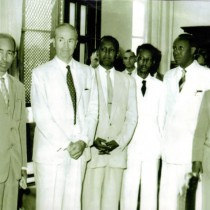


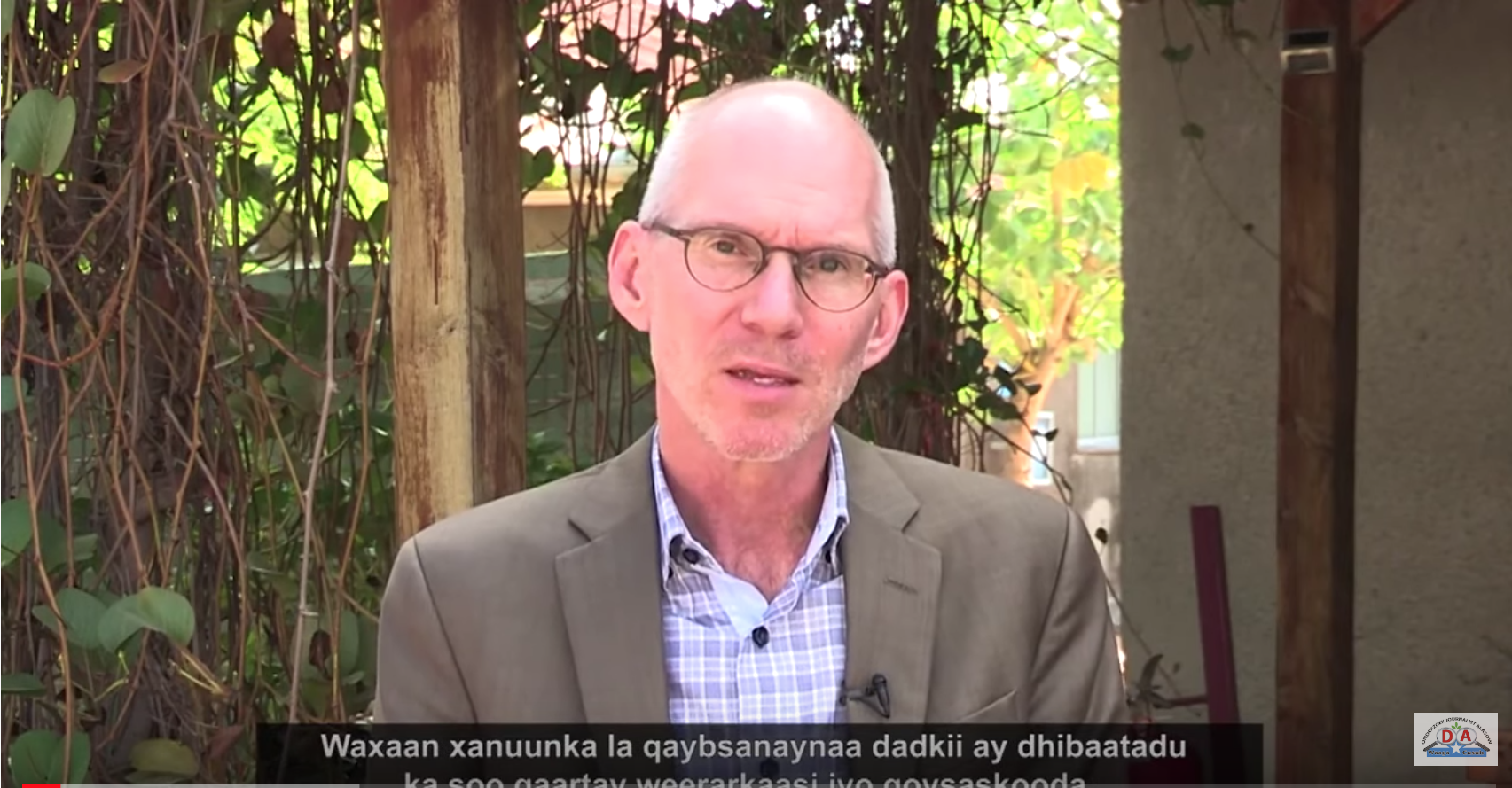
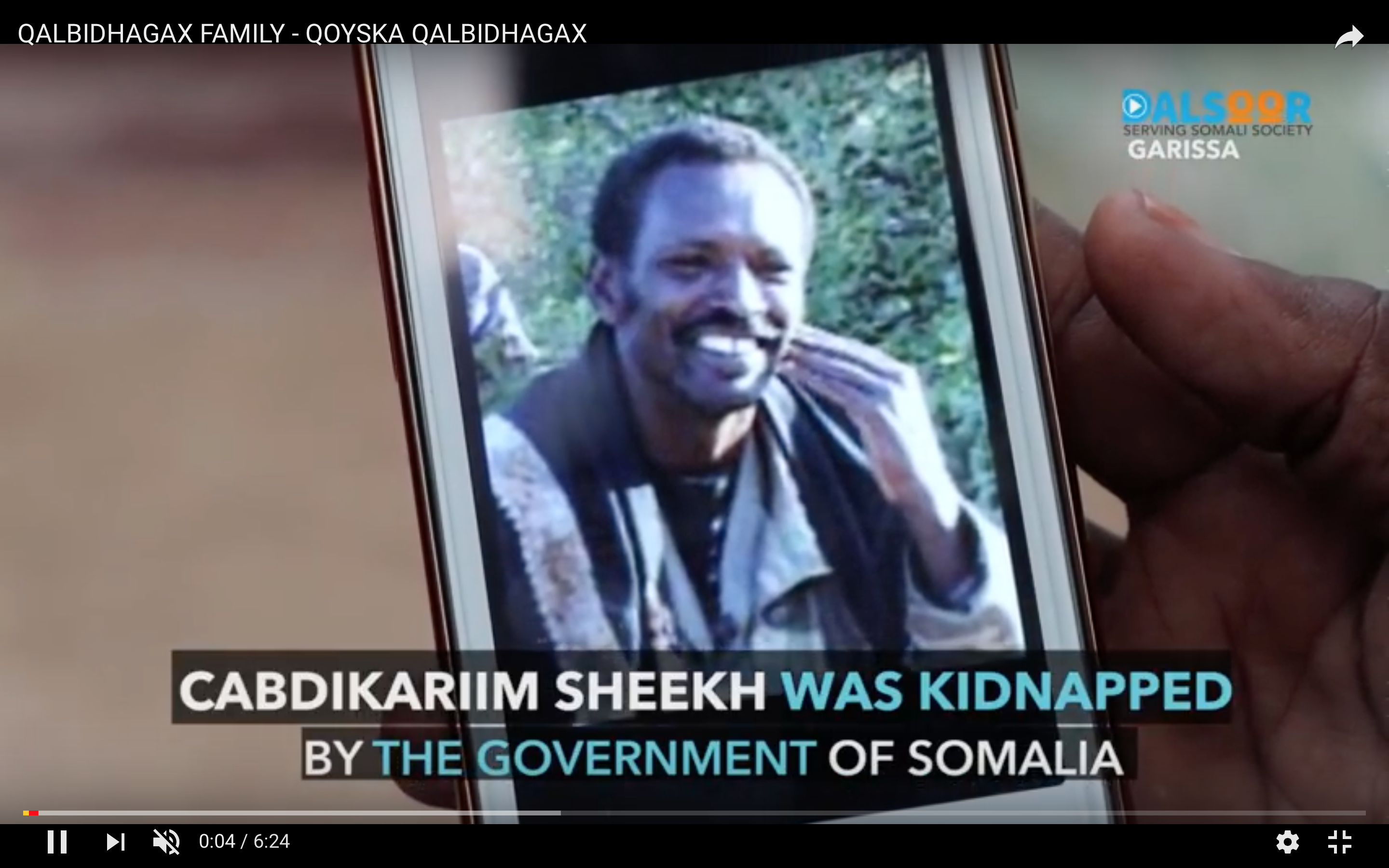
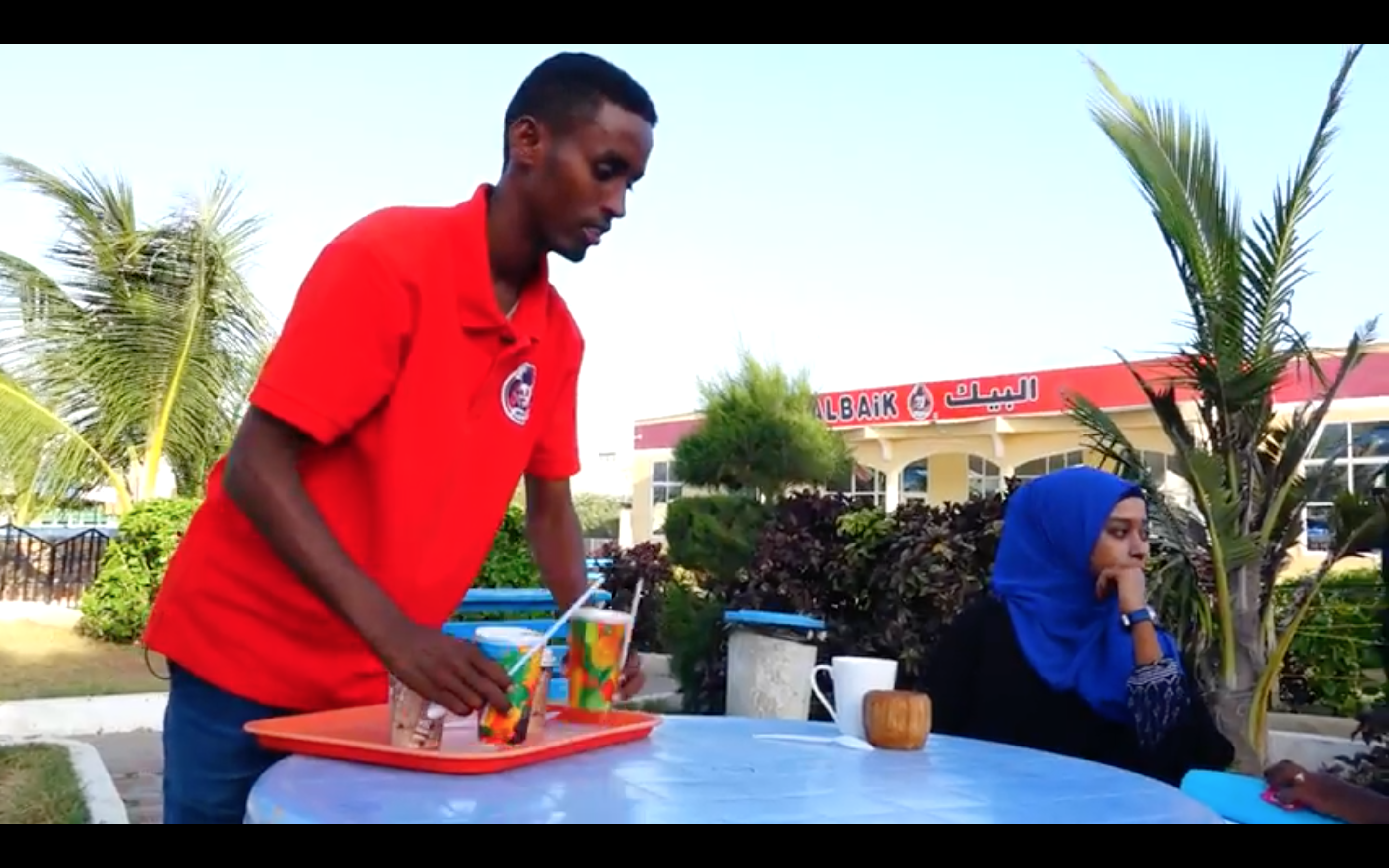
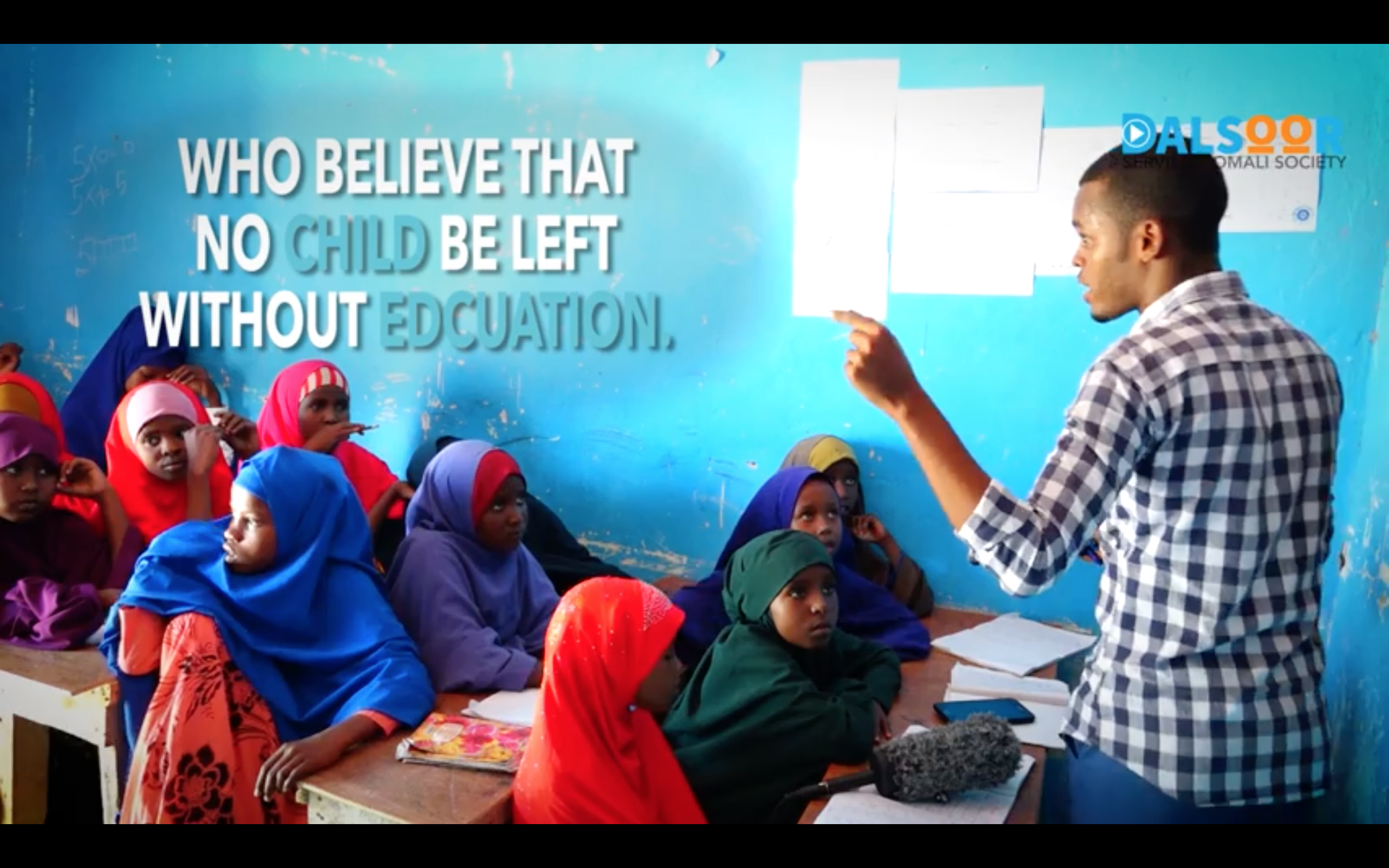


SOMALIA: From Finest to Failed State
Somalia was once a role model for Africa